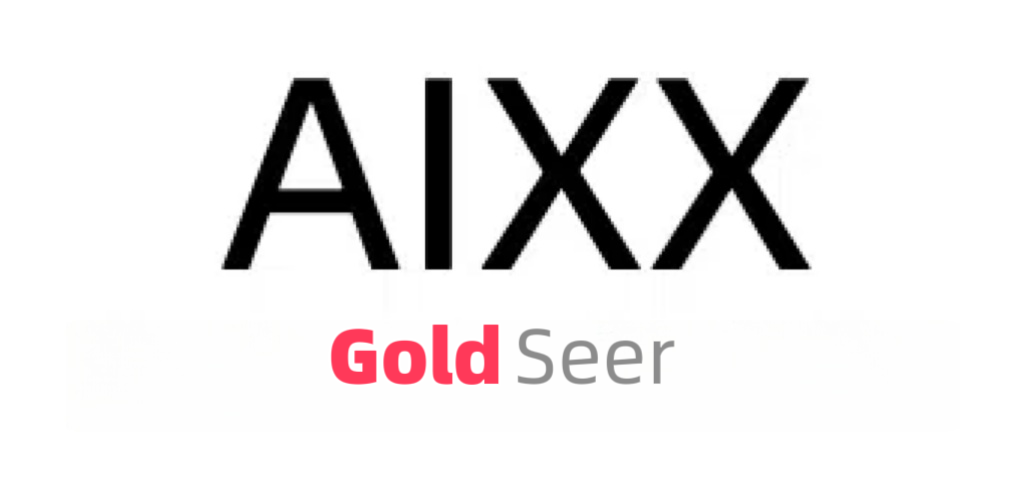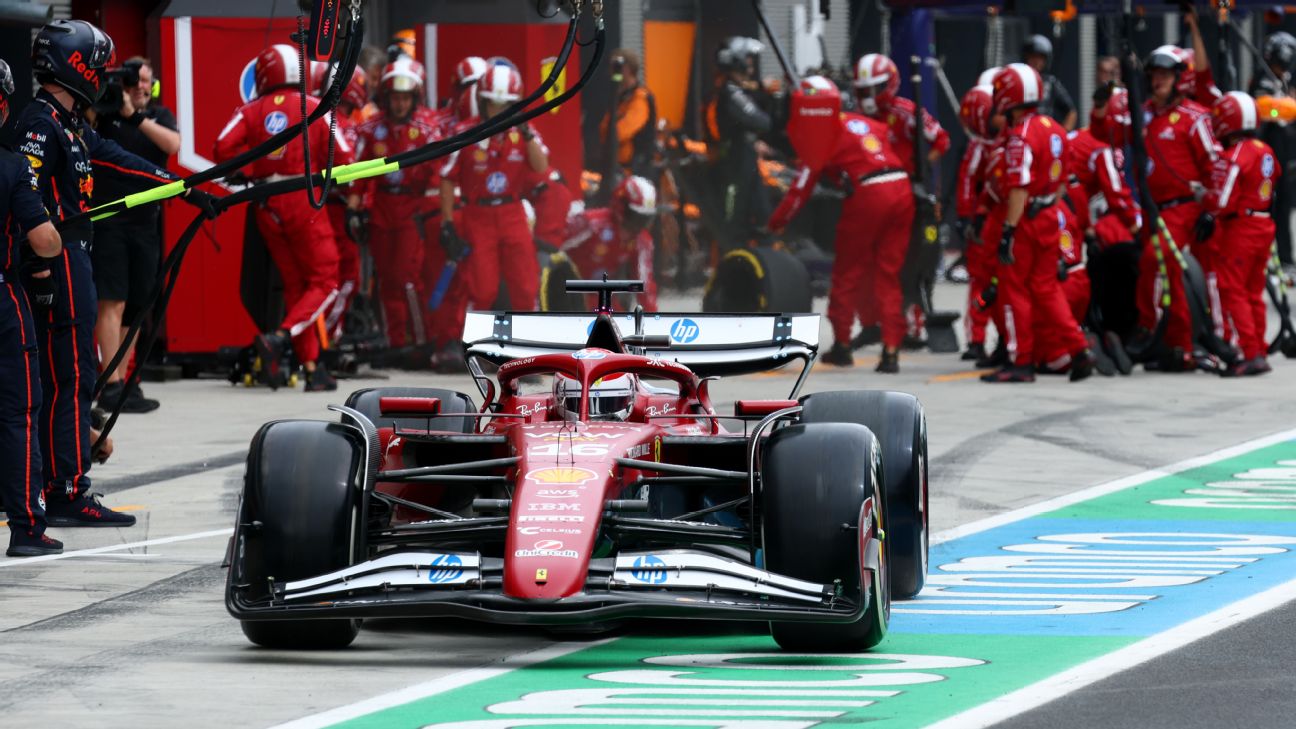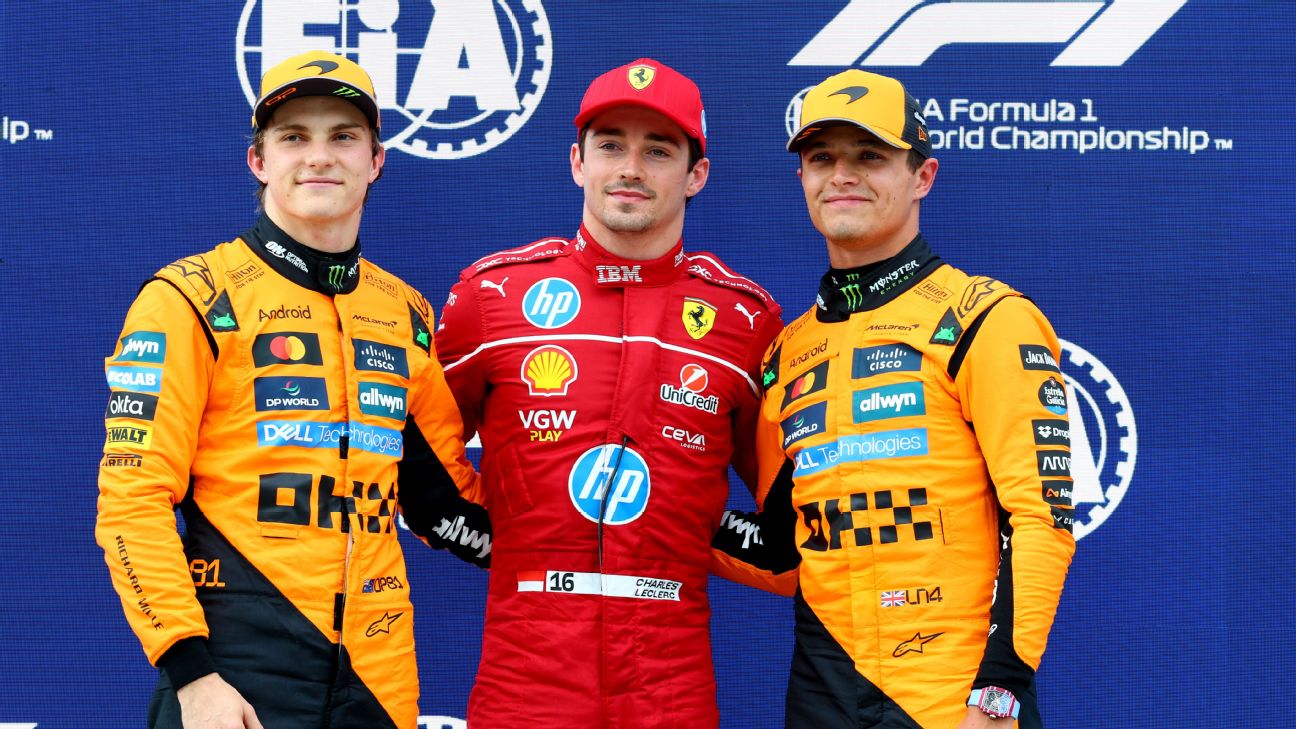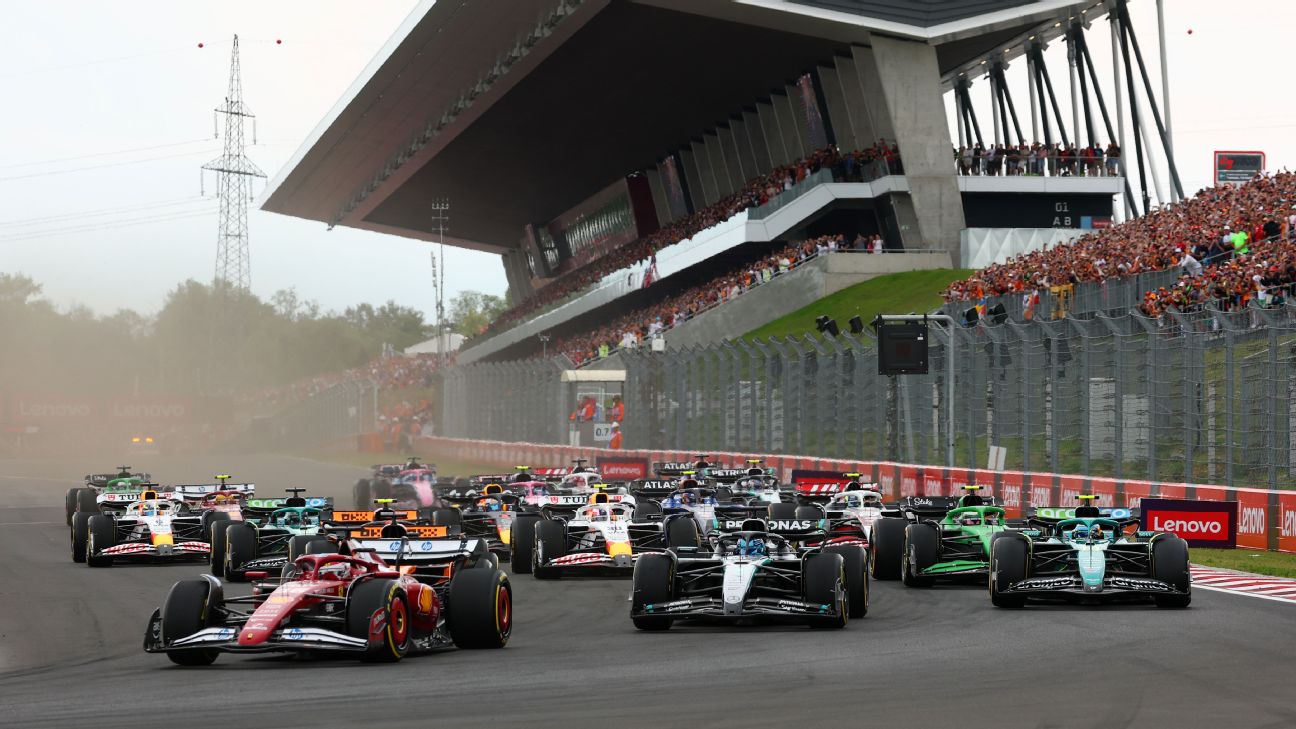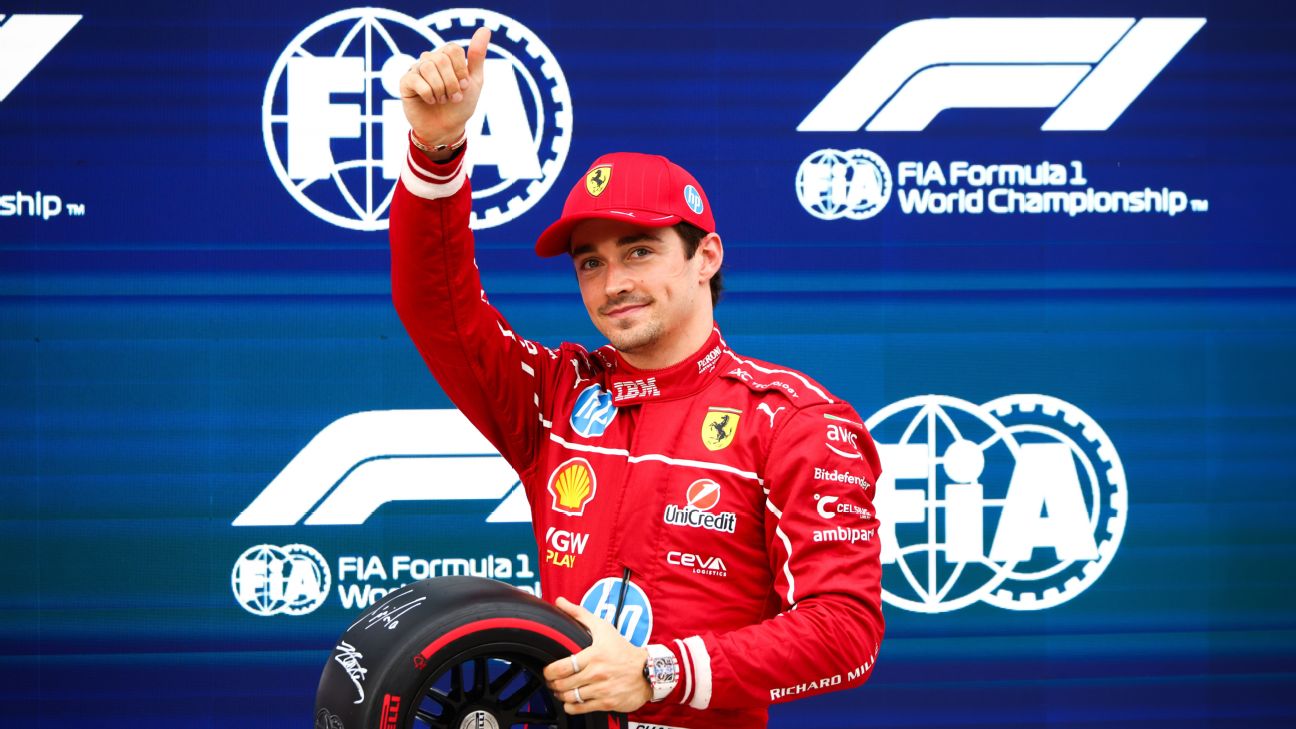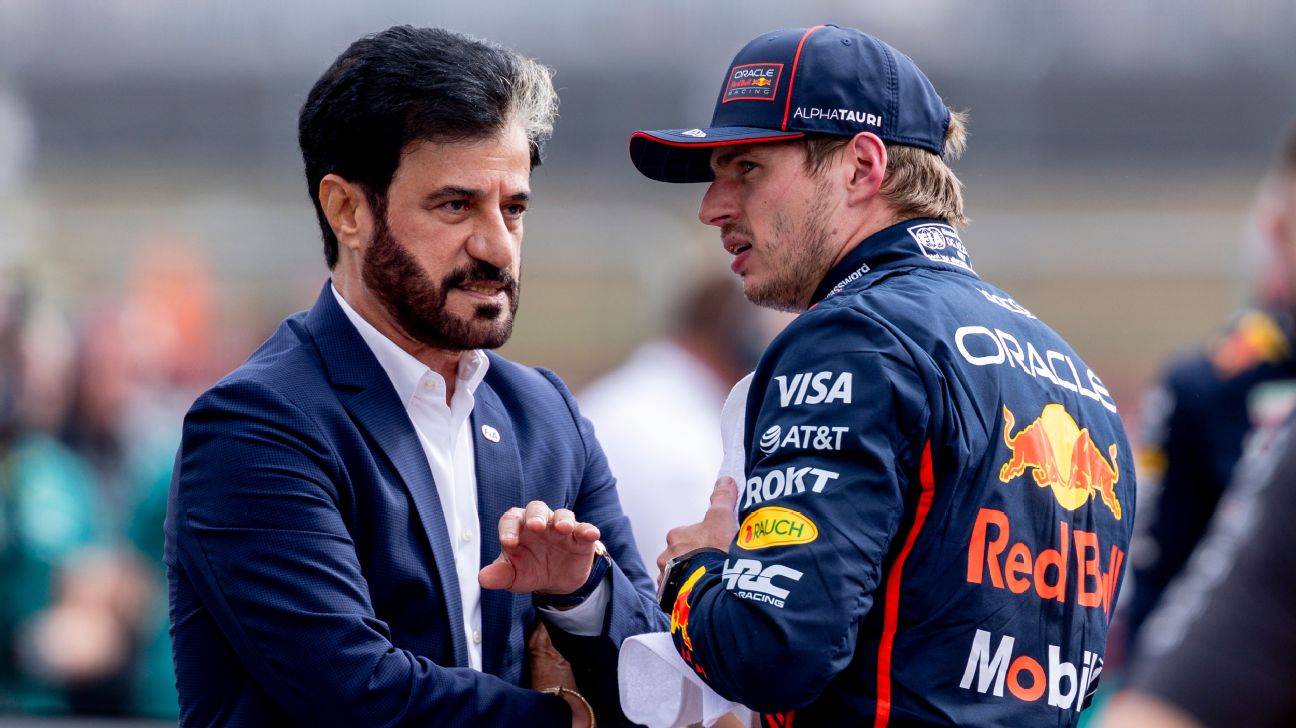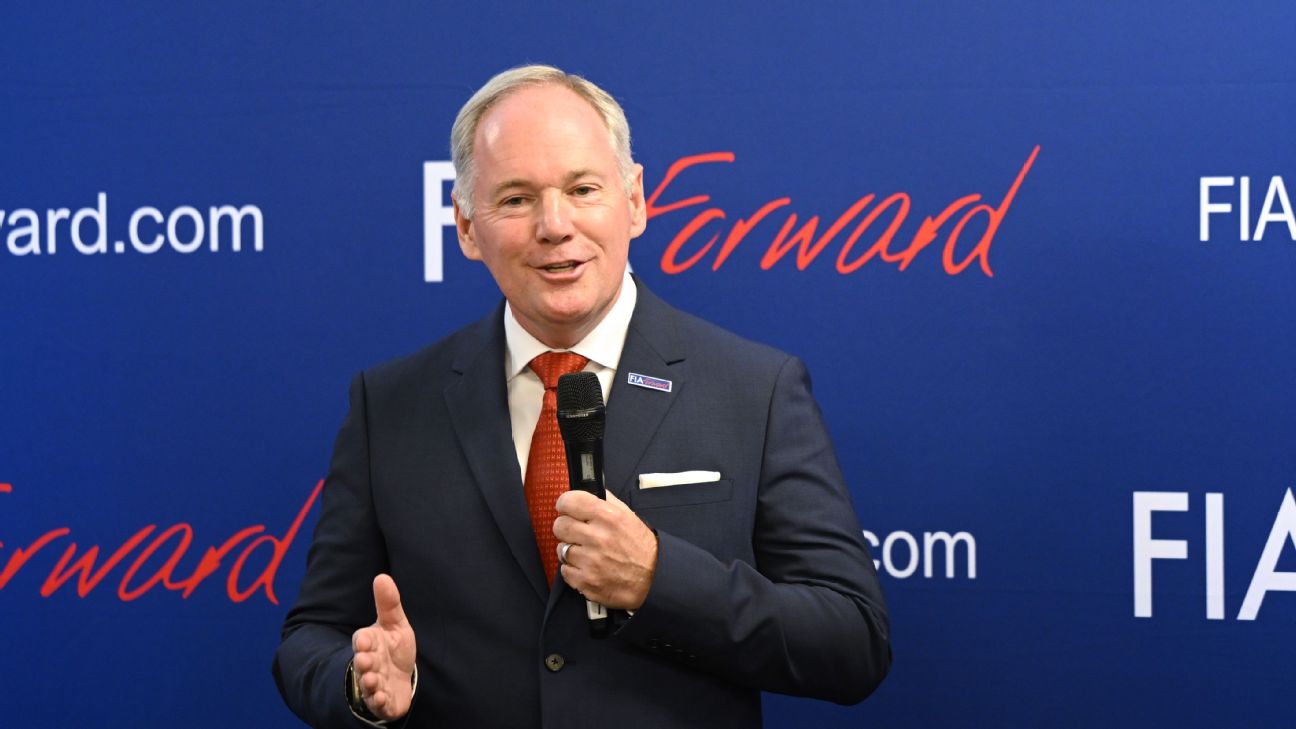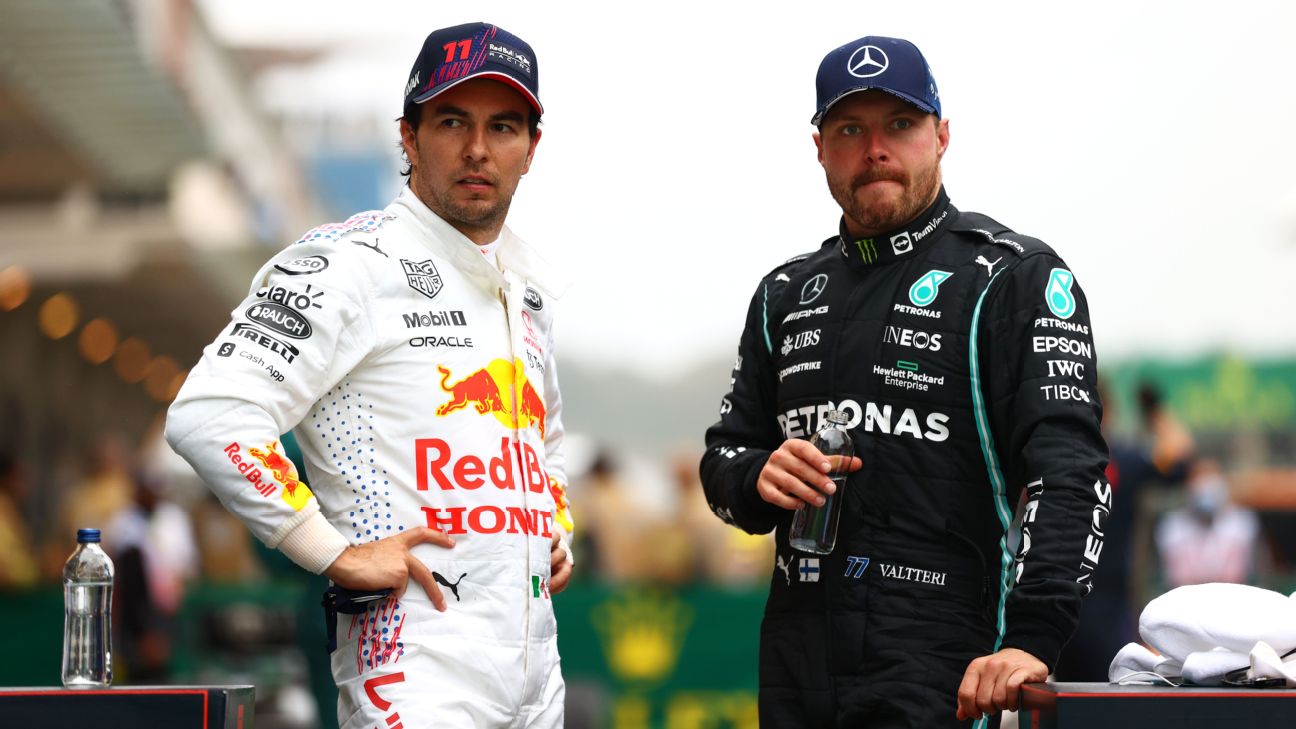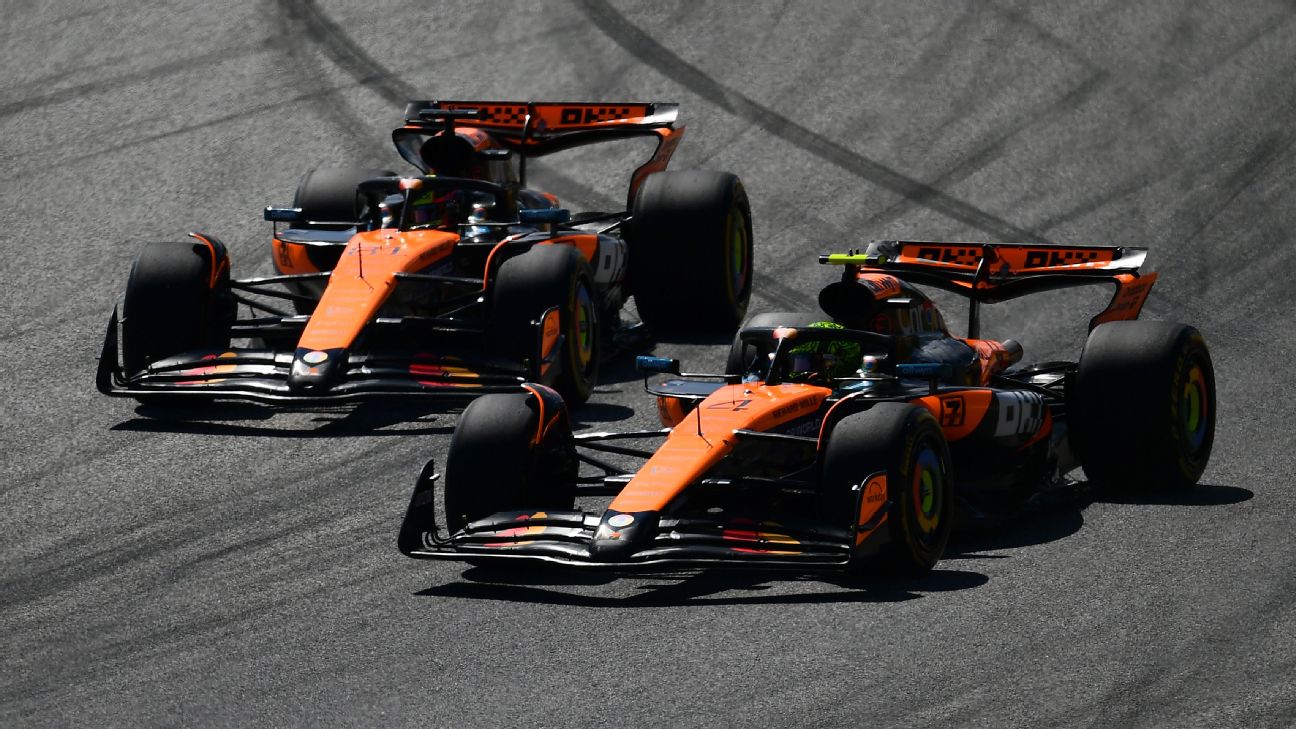F1 Penalty Guidelines Unveiled: A New Era of Transparency in Motorsport
Explore how the FIA's new penalty guidelines aim to enhance transparency in Formula 1, with insights from George Russell and implications for Max Verstappen.

Introduction to FIA's New Penalty Guidelines
In a significant move towards greater transparency, the Fédération Internationale de l'Automobile (FIA) has released comprehensive penalty guidelines for Formula 1. This initiative is designed to assist stewards in making fair and consistent decisions, thereby improving the governance of the sport.
George Russell's Perspective
Mercedes driver George Russell, who also serves as a director of the Grand Prix Drivers' Association (GPDA), has lauded this development. "Greater transparency within the governance of our sport is an important issue and this is a useful step in that direction," Russell stated. He expressed hope that these guidelines would provide fans and media with a clearer understanding of the rules and decision-making processes in F1.
Implications for Max Verstappen
Red Bull's Max Verstappen, currently at risk of a race ban, remains a focal point of this discussion. With 11 penalty points in a 12-month period, Verstappen is perilously close to the 12-point threshold that triggers an automatic race ban. The guidelines outline appropriate penalties for various infractions, including those that Verstappen has been involved in, such as the incident at the Spanish Grand Prix.
Detailed Penalty Guidelines
The FIA's guidelines list different ways in which drivers can accumulate penalty points, up to a maximum of five for severe infractions like ignoring a black flag or black and orange flag. They also provide clarity on rules for overtaking and when drivers must relinquish positions if they gain an unfair advantage by leaving the track.
Future Refinements
The latest version of these guidelines was drafted at the Qatar Grand Prix in November 2023, with plans for further refinements in consultation with drivers and teams. This ongoing process aims to ensure that the guidelines remain relevant and effective in addressing the complexities of modern F1 racing.
Conclusion
The introduction of these penalty guidelines marks a pivotal moment in F1's history, promising a more transparent and consistent approach to race governance. As the sport continues to evolve, such initiatives are crucial in maintaining its integrity and the trust of its global fanbase.
